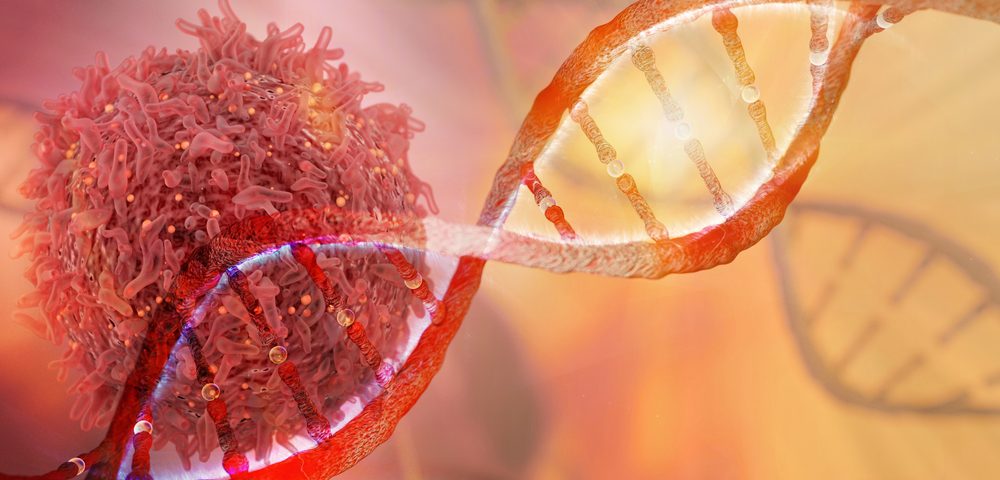A new technology called Telo-HL, developed by 3D Signatures (3DS), is able to distinguish Hodgkin’s lymphoma patients who respond to standard chemotherapy from those who do not, the company announced.
An independent analysis shows that Telo-HL can spot multiple differences in the DNA of patients who respond to ABVD (adriamycin, bleomycin, vinblastine, and dacarbazine) chemotherapy, compared with patients who relapse or are unresponsive to treatment within the first 12 months.
Telo-HL is designed to use 3DS’ TeloView software platform to provide the first biomarker of the 15-20 percent of Hodgkin’s lymphoma patients who probably will fail chemotherapy treatment and should receive more advanced therapy or be included in clinical trials for new treatments, such as immunotherapies.
3DS established a clinically compliant strategy for its TeloView process with better imaging technology than in prior Hodgkin’s lymphoma trials. Biopsies from more than 400 patients with Hodgkin’s lymphoma were collected from patients across Europe and Canada.
The company conducted the analysis blinded to patient status. Its statistical partner, BioStat Solutions (BSSI), then compared the results with the patients’ clinical outcomes, which revealed highly significant differences in diverse TeloView parameters.
“BSSI is excited to be collaborating with 3DS, helping them ensure the quality of the data being used is to the highest standards, and that they are poised to deliver the best possible analysis of this predictive technology for HL treatment,” said Ronald L. Bromley, CEO of BioStat Solutions, in a press release.
“We believe that these results from the application of our TeloView platform to Hodgkin’s lymphoma are so strong, the company will now even more confidently proceed with developing the final scoring model for its Telo-HL test to predict response at the individual patient level,” said Jason Flowerday, 3DS’ CEO.
He also said that 3DS expects to complete test development and validation by April. It plans to submit this work to a reputable clinical journal in the second half of 2018.
“We see this as a new genomic stability testing paradigm applicable broadly across clinical trial research and laboratory medicine,” said Kevin Little, 3DS’ chief scientific officer.
With Telo-HL, 3DS intends to benefit patients who need personalized treatment. The technology also may lower costs to patients and insurers, who are paying for expensive, possibly unnecessary treatments when other targeted therapies might be more effective.
Besides Hodgkin’s lymphoma, 3DS is developing applications of its TeloView software for patients with multiple myeloma, prostate cancer, lung cancer, and Alzheimer’s.


